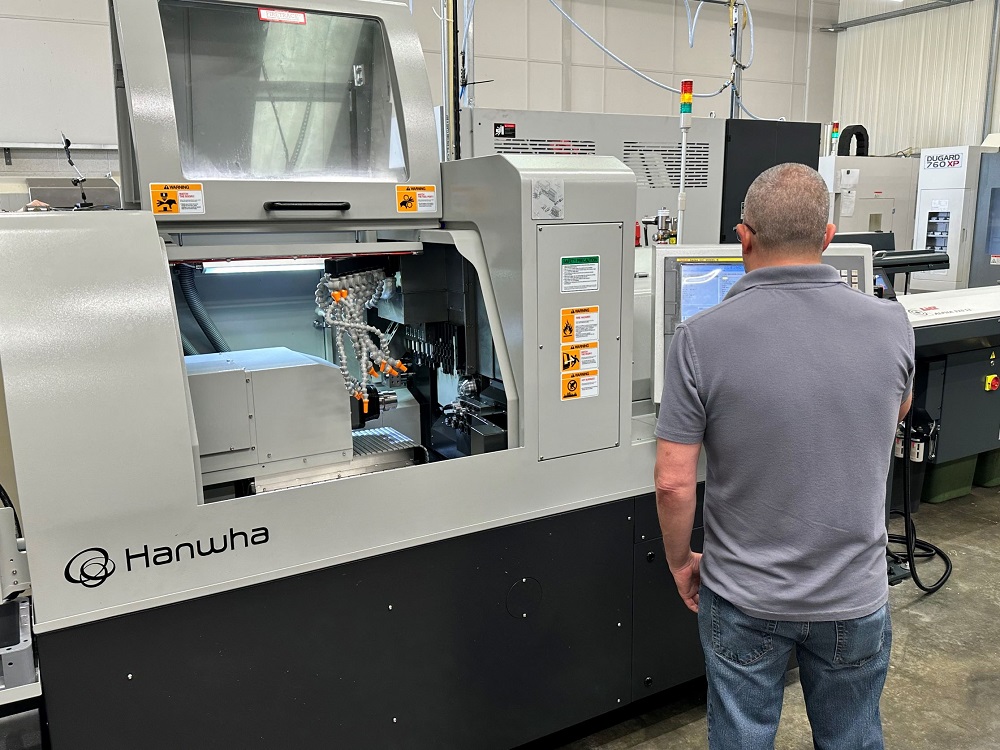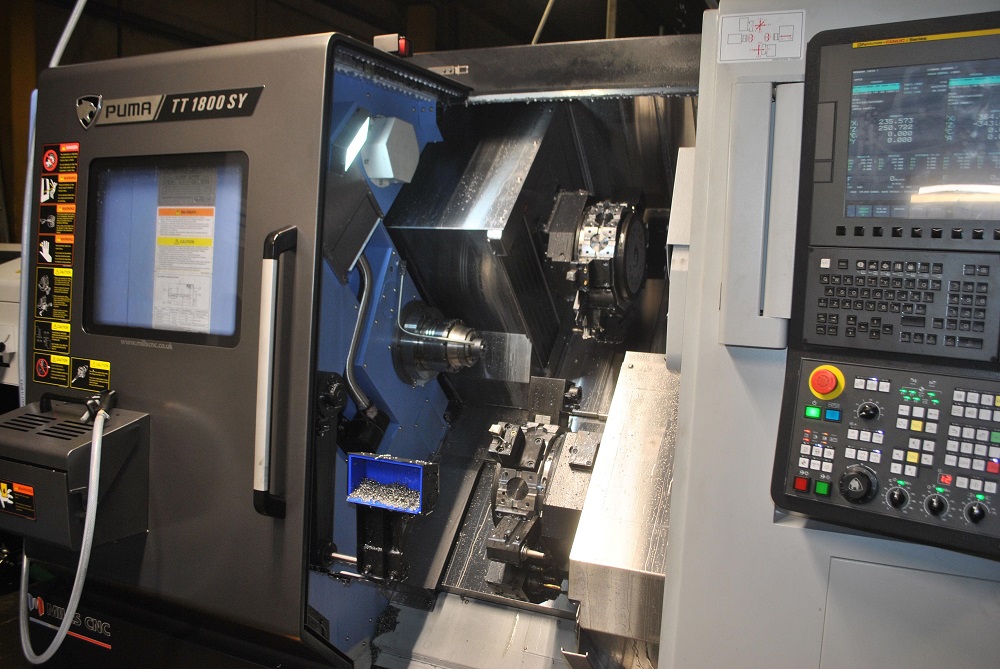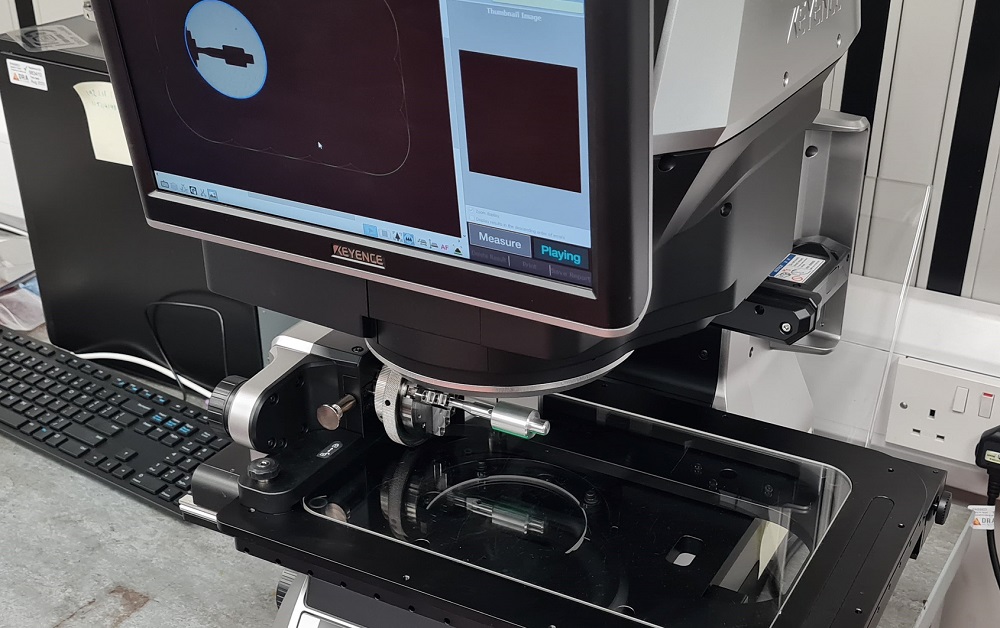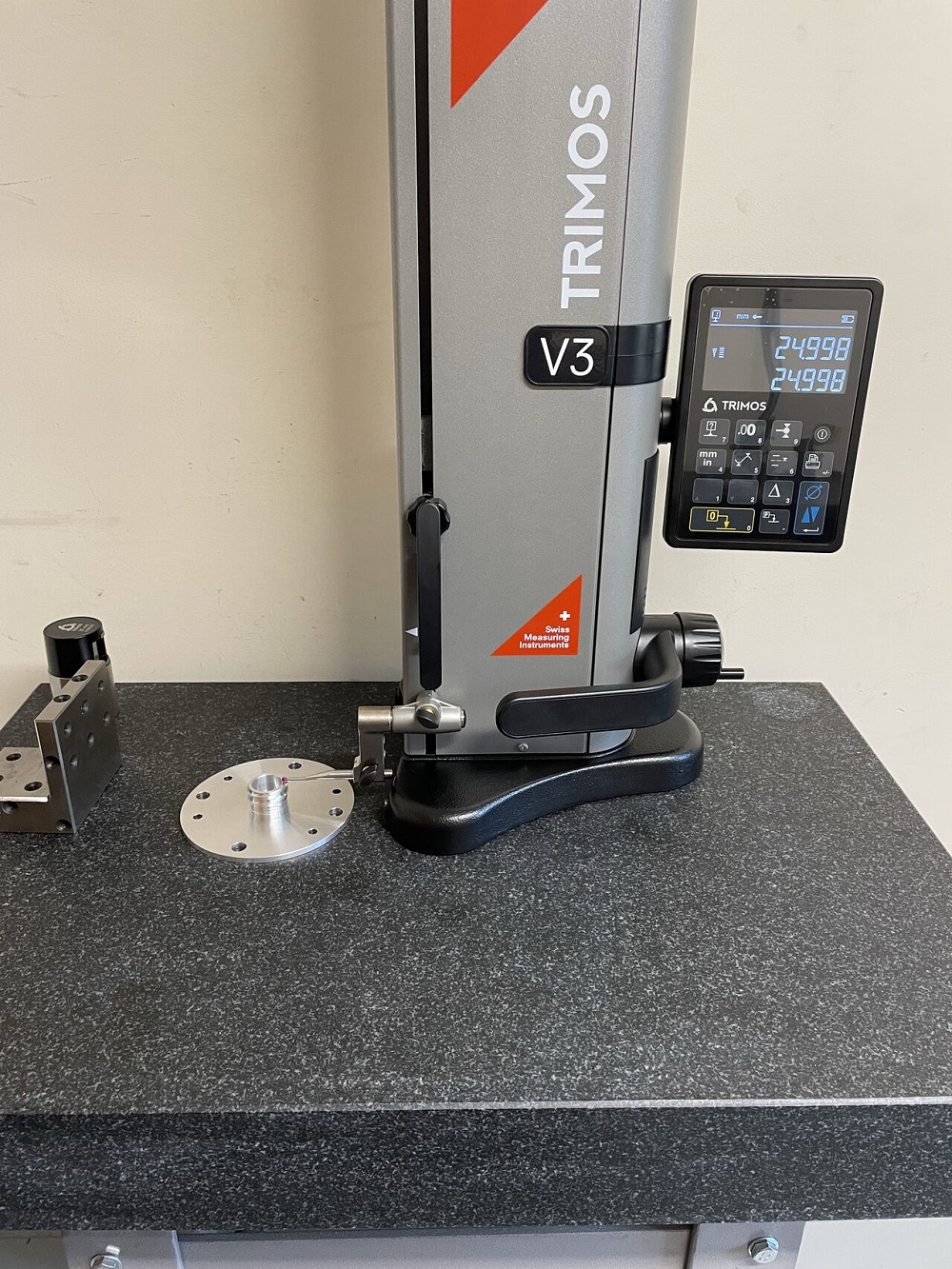Historically, a majority of subcontractor Reginson Engineering’s turnover came from the aerospace sector, with oil and gas generating most of the remainder. However, when Covid struck in early 2020 the aerospace contracts dried up. While ventilator work took off, the company knew this was only temporary, so the family-run business owned by Steve Hatch set about finding business elsewhere. What transpired altered the company’s fortunes entirely, as a contract from a jewellery manufacturer combined with strong growth in aerospace conspired to increase turnover so dramatically that by 2023 it was 447% higher than before the pandemic.
Even better is to come. The jewellery company is so pleased with the quality of the mainly titanium jewellery pieces already supplied that it has signalled its intention to increase the annual quantity of parts from 100,000 to 1 million per month over the next few years. The machine tools underpinning both the quantity and quality of the jewellery parts produced at the Nuneaton factory are yet more Citizen Cincom sliding-head lathes.
Reginson Engineering is a long-time user of these Japanese-built sliders dating back to the early 1990s. In October 2020, the lathes were joined on the shop floor by the subcontractor’s first Citizen fixed-head model, a 64 mm bar capacity Miyano ABX-64SYY twin-turret, twin-spindle turn-mill centre. The user describes the machine as “fantastic”, as it has allowed the company to slash cycle times compared with using other turning plant on site.
The upturn in throughput generated by the jewellery contract required much more sliding-head capacity, so the subcontractor has bought 14 new Cincoms in the past couple of years. They are now seven 20 mm bar capacity A20-VIIs on site and the same number of 12 mm capacity L12-VIIs.
For further information www.citizenmachinery.co.uk



















